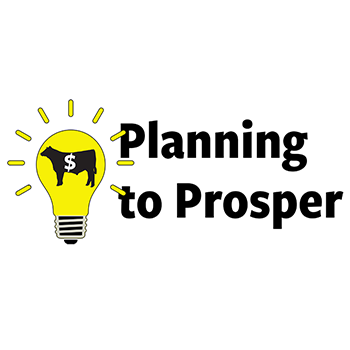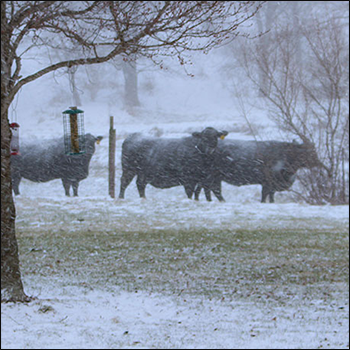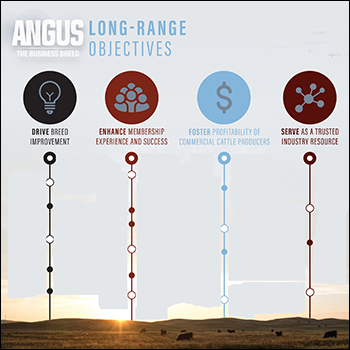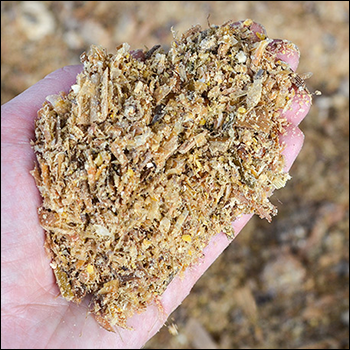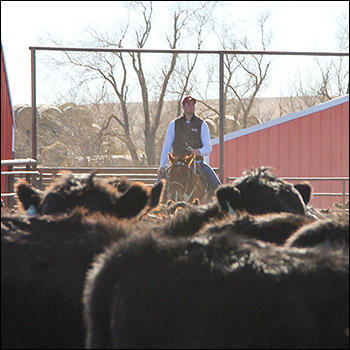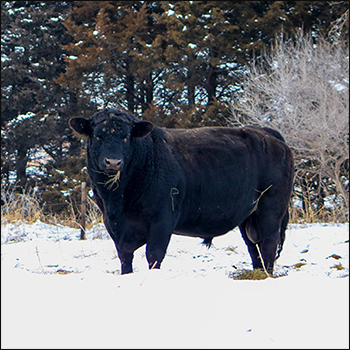
Market Closeout
Grabbing a seat at the table.
Being last is usually not a great thing, but having the last dance is a notable exception. The cow-calf industry definitely has been the last segment to enjoy the value-based marketing revolution. But even if we have been a little late, we are now grabbing our seat at the table.
The seedstock industry was at the head of the table as far as selling on value and differentiating their product. Expected progeny differences (EPDs) gave them the opportunity to validate their differences, and the marketplace responded. The other segments followed suit fairly rapidly.
The cattle feeding industry sells the vast majority of cattle on a formula/contract or grid basis. Again, the marketplace established targets, figured out a way to measure it, and separated prices on the value of genetics. The packing, wholesale and retail industries started out differentiating their product on the basis of quality grade, and then they took it to the next level with the branded revolution that creates significant and consistent differences in the marketplace.
While every segment of the business creates value, no segment has as much effect on the value of the final product as the cow-calf industry. Cow-calf producers control the genetics, and they provide many of the crucial inputs, while owning the product longer than anyone else.
It is easy to blame market leverage, and the fact that the cattle-feeding industry was benefitting from the way the system was structured. Yet, I think the primary reason was simply that we didn’t have a good way of validating value differences. Cattle feeders paid more for preconditioning programs, proper condition, larger lots or reputation cattle (cattle that they knew had performed better than average in the past). While they knew there were a lot of value differences occurring, they truly had no way of knowing which cattle were better than others.
They bought on the average, because there was so much risk associated with a purchase decision. When you are forced to play based on averages, it made sense to buy cattle by averages as well.
Thankfully, the cow-calf industry is beginning to have a seat at the value-based marketing table, because producers are now able to verify and document the genetic inputs they have put into the cattle. The AngusLinkSM Genetic Merit Scorecard® is one of the ways that producers can validate what they have done and provide buyers with the degree of confidence needed to differentiate prices based on genetic merit.
For a long time, the cow-calf industry was being served up as the main course. Now that we have a seat at the table, we have an opportunity to get our “just” desserts.
Editor’s note: Troy Marshall is the director of commercial industry relations for the American Angus Association.


